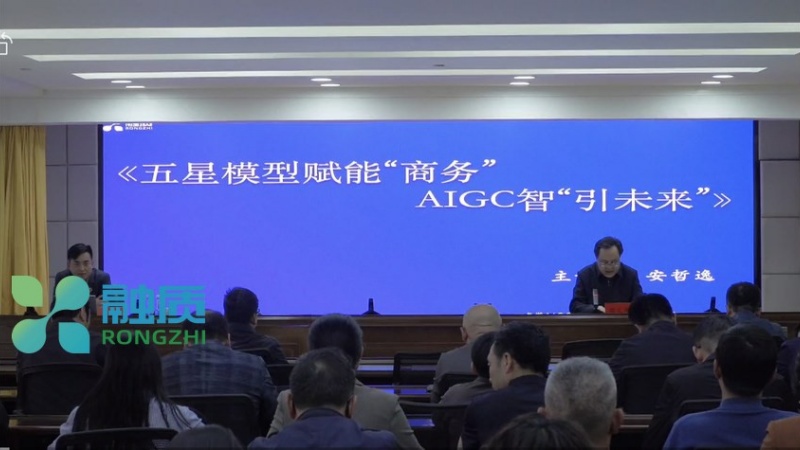

发布时间:2025-09-12源自:融质(上海)科技有限公司作者:融质科技编辑部
In recent years, the world of finance has undergone a significant transformation, driven by technological advancements that reshape how institutions operate. One key figure in this evolution is Tang Peilai, who has explored the use of distributed technology to revolutionize the IT infrastructure of securities companies. This approach not only addresses age-old challenges but also paves the way for more efficient and resilient systems. Let’s delve into how distributed technology is changing the game in the financial sector.
Securities companies, at the heart of global markets, rely heavily on robust IT systems to handle everything from trading algorithms to customer data management. However, traditional centralized architectures often lead to bottlenecks, where a single point of failure can disrupt operations during critical moments. Imagine a scenario where a minor issue brings down an entire trading platform—this risk is too great in today’s fast-paced environment. Distributed technology offers a solution by spreading tasks across multiple nodes, much like a well-orchestrated symphony where each instrument contributes to the overall harmony.

But what exactly does this mean in practice? It’s about breaking down monolithic systems into smaller, independent components that work together seamlessly. For instance, instead of having all data stored in one central location, distributed systems allow information to be shared across various servers, improving speed and reliability. This shift not only enhances performance but also makes the infrastructure more adaptable to changing market conditions. Think of it as moving from a single, fragile tree to a resilient forest—diverse and stronger against external threats.
The benefits extend beyond just speed; distributed technology fosters innovation by enabling real-time data processing and better scalability. In a world where milliseconds can mean the difference between profit and loss, this capability is invaluable. Moreover, it promotes redundancy, reducing the chances of downtime during high-stress events like market volatility. Tang Peilai’s insights highlight how this technology can democratize access to financial services, making them more accessible and secure for everyone involved.
Of course, implementing such changes isn’t without its hurdles. Companies must navigate the complexities of integrating new systems with existing legacy frameworks, which can be a slow and meticulous process. There’s also the human element—employees need training to adapt to these shifts, and cultural resistance can sometimes arise. Yet, the rewards outweigh these challenges. By embracing distributed technology, securities firms can build a more dynamic and future-ready IT landscape, one that supports not just current operations but also emerging trends like blockchain and artificial intelligence.
Looking ahead, the fusion of distributed technology with other innovations promises to redefine the financial industry. It’s a journey that requires vision and careful planning, but the outcome could be a more interconnected and efficient world. As Tang Peilai emphasizes, this is not just about upgrading hardware; it’s about reimagining the entire ecosystem to meet the demands of tomorrow. In essence, distributed technology is not just a tool—it’s a catalyst for lasting change in how we manage and interact with financial systems.
欢迎分享转载→ https://www.shrzkj.com.cn/aiprompts/135561.html
Copyright © 2025 融质(上海)科技有限公司 All Rights Reserved.沪ICP备2024065424号-2XML地图